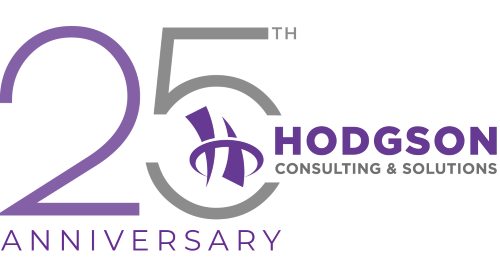You’ve heard the phrase, “Get with the program!” It’s often used as a direct order for someone to fall in line with the way things are supposed to be done at your company.
Problem is, most business owners don’t have “a program” for employees to follow, and therefore they get wild and erratic results, as well as a lot less performance, output, and productivity, from each person they employ. Then everyone’s frustrated – you because nobody is doing what you need them to do, and them because they weren’t given clear instructions and guides on the work and results, they are supposed to be doing.
Given the current economic environment, with inflation still high, salary demands on the rise, and a potential hard recession looming, no business can afford to employ people who aren’t “with the program” anymore.
To be clear, I’m not talking about a sweatshop, boiler-room “manual” of step-by-step instructions on every little thing you do in your office (although that may be necessary for some positions and tasks). I’m talking about a well-thought-out and clearly communicated set of RESULTS and EXPECTATIONS for each person in your company, so they can be extremely clear about what results they are supposed to be delivering for you. We call it a job scorecard.
For example, is the purpose of your receptionist to “answer the phone” or is it to be the “director of first impressions,” ensuring that every client, prospect, or person calling your office is delighted by how they are treated and helped? To ensure every prospect is promptly connected with a salesperson and not left to wander in your phone tree or leave a voicemail for some unknown stranger, hoping for a callback?
Most simply tell their assistant, “Answer the phone.” But even a rude, stupid, and willfully spiteful person can do that. Are you sure that’s what you want? Left to their own devices, some employees might do just that. How often have you called a company to talk to someone in “customer service,” and they made you angrier and more upset than before you called in? My point exactly.
So, step one is to make sure every employee has a scorecard that clearly defines the following:
1. Mission of the Position
What’s the purpose of that position? To increase sales? Delight customers? Prevent cancellations and churn? Develop clients and nurture repeat business? Start here when thinking of positions in your company.
2. Key Results
Once you know the mission of the position, the next section you need to articulate is what key results that person is supposed to achieve in a measurable way. For sales and marketing professionals, that’s easy. Secure $100,000 in new sales every month. Generate 10 qualified appointments/leads per week. In customer service, that might be client “saves” or upgrades. On a service desk like ours, it may be the speed of tickets cleared and customer satisfaction ratings. For leaders, it may be hitting certain revenue and profitability targets. To the best of your ability, give everyone at least one, but no more than three, key results they need to achieve. This takes the drama out of the performance because if it’s measured, it’s not based on an opinion or anecdotal evidence.
3. Specific Responsibilities
Next, make sure every employee has a list of specific actions, tasks, and responsibilities they must fulfill every day, week, month, quarter, and year. That way you avoid dropped balls and overlooked tasks because “no one told me I was supposed to do that.” Of course, if you’re clear on the outcomes a person needs to accomplish, the tasks nearly write themselves – after all, if the goal is to lower churn or increase sales and employees are compensated that way, it’s infinitely easier to “motivate” them to do what’s necessary.
Once you have these roles and scorecards, it’s helpful to share them with the entire team so everyone in the company understands what each person’s roles and responsibilities are. One way of sharing that is in Microsoft Teams, where you can create Wikis, To-Do lists, file sharing, checklists, and chat to collaborate on projects that cross multiple departments and employees.
If you want help in exploring how to use any of these tools in your company, click here to schedule a quick 15-minute consultation to see what’s possible.


